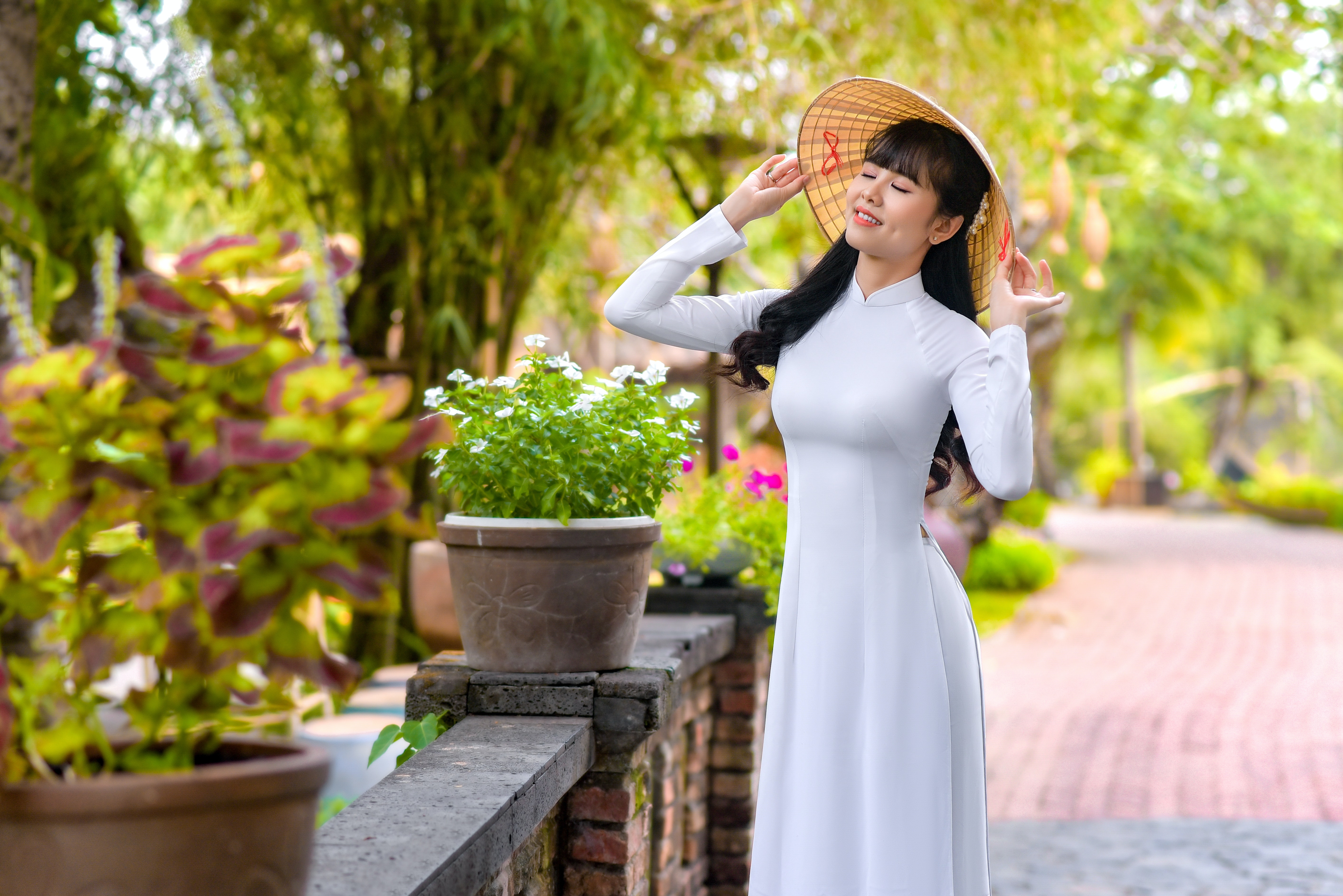Ao Dai – Vietnamese Plus Size Fashion Statement
For fascinating looks, ethnic designs are superb choices for the larger size lady. For example the ao dai (articulated “ow zai” in North Vietnam and, “ow yai” in South Vietnam), Vietnam’s public dress, has a styling that looks impressive on nearly anybody. It comprises of two components: a long tunic with a tight bodice, mandarin collar, raglan sleeves, and side cuts that make front and back boards starting from the waist; and wide-legged jeans, frequently cut on the predisposition.

While in the far off past all kinds of people wore the ao dai, in the twenty-first century it is solely a ladies’ piece of clothing. While the ao dai is presently viewed as representing customary Vietnamese character and womanliness, it as a matter of fact has a generally concise history set apart by unfamiliar impact. The ao dai gives an extraordinary illustration of how the Vietnamese have answered both Chinese and French colonization by taking on components of unfamiliar societies and changing them to be interestingly Vietnamese. Preceding the fifteenth hundred years, Vietnamese ladies ordinarily wore a skirt and bridle top. These were a few times covered by an open-necked tunic (ao tu than) with four long boards, the front two tied or belted at the midsection. Ladies’ pieces of clothing were Traditional Vietnamese Clothes brown or dark, highlighted by brilliantly hued tops or belts on exceptional events.
From 1407 to 1428, China’s Ming Tradition involved Vietnam and constrained ladies to wear Chinese-style pants. In the wake of recovering freedom, Vietnam’s Le Line (1428-1788) similarly condemned ladies’ clothing for abusing Confucian norms of propriety. Since the approaches were randomly authorized, and skirts and bridle tops stayed the standard.
During the seventeenth and eighteenth hundreds of years, Vietnam was isolated into two areas, with the Nguyen family administering the south. To recognize their subjects from northerners, Nguyen rulers requested southern people to wear Chinese-style pants and long, front-securing tunics. After the Nguyen family dealt with the whole country in 1802, the moderate Confucian Head Minh Mang prohibited ladies’ skirts on stylish and moral grounds.
Throughout the following hundred years, antecedents to the cutting edge ao dai became well known in urban communities, at the illustrious court in Tint, and for occasions and celebrations in the open country. The outfit fundamentally comprised of jeans and a baggy shirt with a stand-up neckline and an inclining conclusion that ran along the right side from the neck to the armpit, for certain local varieties. These elements of the ao dao were replicated from Chinese and Manchu pieces of clothing. The privileged societies frequently layered a few ao dai of various varieties, with the neck passed on open to show the layers. Among workers and workers, be that as it may, the skirt (va) and bridle top (yem) stayed famous for day to day wear.
During the 1930s Hanoi craftsman Nguyen Feline Tuong, otherwise called Lemur, introduced ao dai styles roused by French design. He planned them with light-shaded, skintight tunics included longer boards, puffy sleeves; uneven trim necklines, fastened sleeves, scalloped sews, and dashes at the midriff and chest. Lemur’s Europeanized erupted pants were white with cozily custom-made hips. Reprimanded by preservationists, Lemur’s plans regardless denoted the appearance of contemporary ao dai mixing customary Vietnamese components with Western fitting and substantial style.
French expansionism finished in 1954 with the division of Vietnam into North and South. In North Vietnam, Socialist pioneers scrutinized the ao dai as average, pilgrim, and unreasonable for difficult work, despite the fact that ladies kept on wearing it for extraordinary events.
When the ao dai fell into disgrace in communist Vietnam, Vietnamese who had moved to the US, Canada, Australia, or France protected it as an image of their ethnic legacy. Ao dai were seen at design shows, Tet (Lunar New Year) festivities, weddings, and melodic exhibitions all through the Vietnamese people group of the world, which numbered roughly 2.6 million of every 2006.
In the mean time, in entrepreneur South Vietnam, changes of the article of clothing proceeded. Madame Nhu the sister by marriage of President Ngo Dinh Diem, became famous during the 1950s and 1960s for the very plunging neck areas of her ao dai.